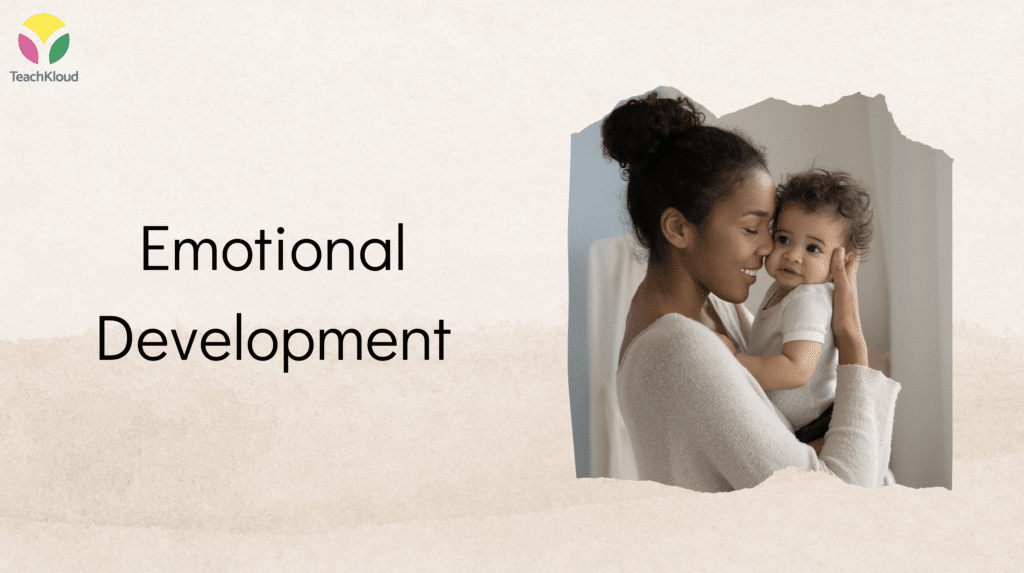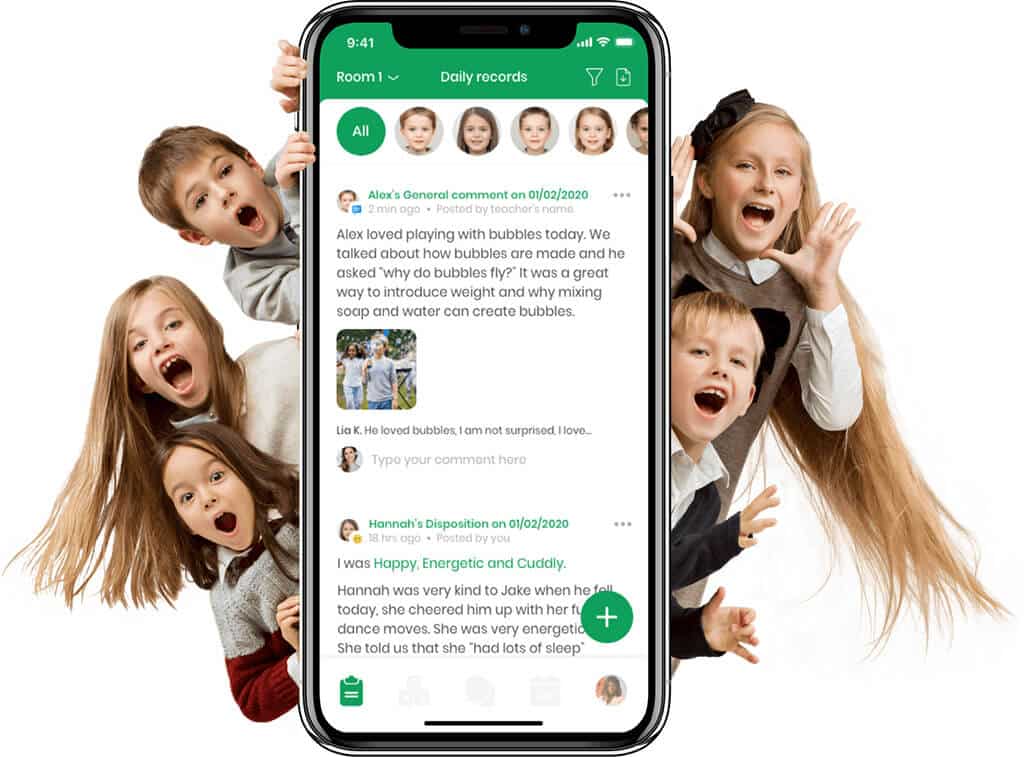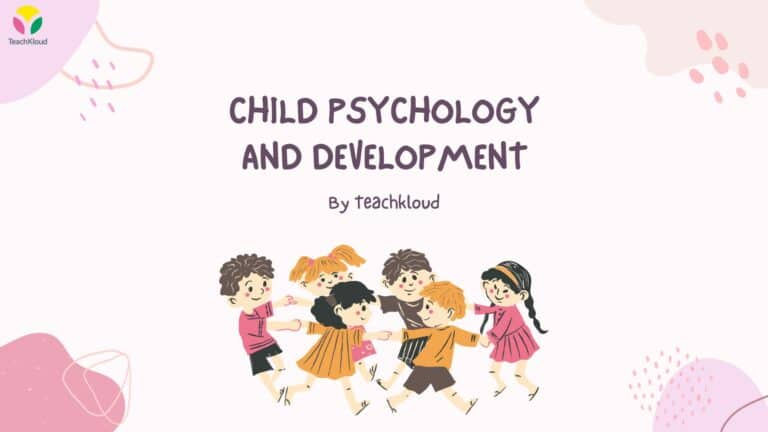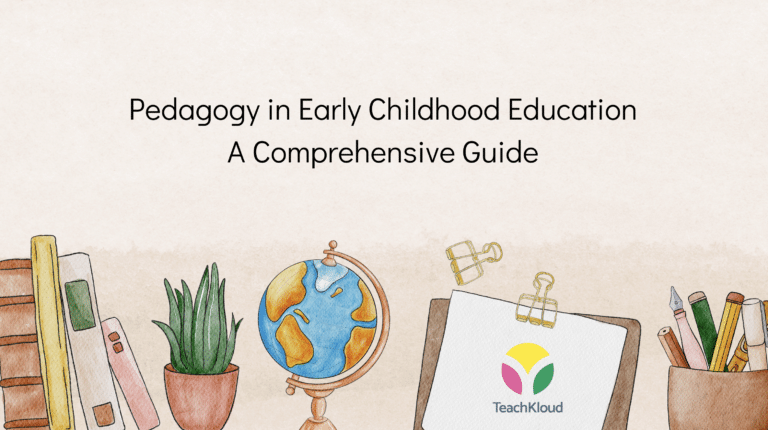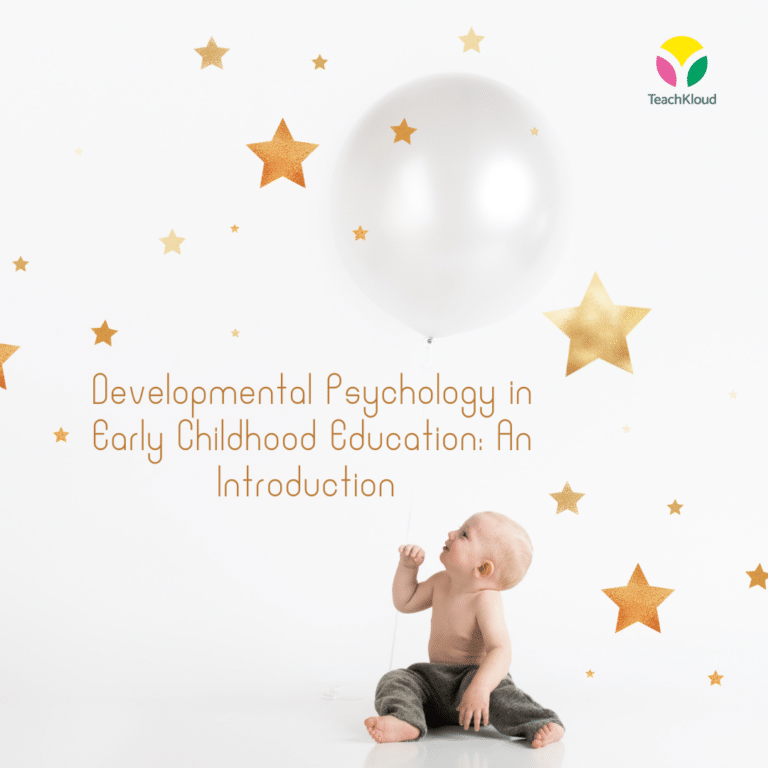Welcome to our comprehensive guide on Guiding Emotional Development and The Role of the Early Childhood Educator. In this enlightening journey, we delve into the critical importance of early childhood education in fostering emotional development. As an educator, you play a key role in shaping this fundamental aspect of your child’s life journey.
“Emotional development involves the ability to express, recognise, and manage our feelings, and it forms the cornerstone of personal, social, and academic success.”
Why is emotional development crucial in early childhood? The answer is found in the far-reaching implications it holds for a child’s overall development. Emotional intelligence fosters empathy, creates healthier relationships, improves mental well-being, aids in conflict resolution, and boosts self-confidence. Understanding emotions from a young age enables children to better navigate social interactions and foster resilience during challenging times.
Key points of our guide:
- The essential components of emotional development and their significance
- How early childhood educators play a transformative role in guiding emotional development
- Strategies educators can apply to foster emotional intelligence and resilience in children
Understanding and guiding a child’s emotional development can be a difficult but incredibly rewarding journey. Being equipped with the right knowledge and tools, you as an educator, can play an influential role in shaping the emotional landscape of the young learners under your care. Embrace the journey, and let’s explore the importance of these elemental skills together.
Emotional Development in Early Childhood Education: An Overview
To start, it’s fundamental to first clarify what we mean when we talk about emotional development. At its core, emotional development encompasses how we learn to understand our own feelings, understand others’ feelings, and appropriately express our emotions. For young children, this is a major aspect of their development and can impact many other areas of growth, like social skills, cognitive potential, and behavioural patterns.
As an early childhood educator, you are often one of the consistent figures in these little ones’ lives, and your actions, reactions, and behaviours around them can significantly affect their emotional growth. Here’s how you contribute:
-
- Modeling Emotional Management: Children often learn by observing the adults around them. As a teacher, you naturally become a role model. Behave in a way you’d like the children to emulate. Ensure you handle your own emotions healthily and positively, demonstrating constructive ways to cope with stress or frustration. Let them see you take deep breaths, use calm words, or take a moment of silence when needed. Model these behaviors consistently, encouraging children to do the same when dealing with their emotions.
- Personal Connection and Responsiveness: Developing a strong, healthy child-educator relationship is fundamental in fostering emotional development. Strive to understand each child’s unique emotional needs and respond to them appropriately. Personalise your interactions with each student, and they’ll feel valued and understood. This includes learning to recognise when a child might need support emotionally, and offering support or intervention as necessary.
- Creating a Safe Emotional Environment: Children need to feel emotionally safe to express themselves freely. By maintaining a positive, supportive environment, you encourage children to explore their emotions, helping them understand that it’s okay to feel and express a wide range of emotions. For example, educators can do this by ensuring that the classroom promotes empathy and understanding. It could be by implementing a zero-tolerance policy towards bullying and reinforcing the importance of respect for others’ emotions. Role-playing activities or story-telling sessions can help children grasp the concept of empathy, enabling them to identify and appropriately respond to others’ emotions. If you are looking for practical tips on helping children cope with big emotions, watch our free video here, which has tips for educators and parents.
- Emotional Modelling: Children often learn by copying adults around them. Therefore, you have a direct influence on their emotional development by modelling appropriate emotional reactions and behaviours.
- Teaching Emotional Literacy: Helping children identify different emotions plays a crucial role in their emotional development. This includes teaching them different emotion words and guiding them to understand what they mean. By doing this, you’re providing them with the essential tools to manage their emotions responsibly. This can also prevent frustration that arises from an inability to express their feelings. Use visual aids, like emotion cards or charts, to teach children how to identify different emotions. Even incorporating emotion-themed songs or children’s books can be incredibly beneficial.
- Guiding Emotional Interactions: Develop their ability to interact with others in an emotionally healthy way. This not only helps children develop empathy but also promotes strong social connections.
Remember, guiding emotional development isn’t about making sure a child is happy all the time; it’s about equipping them with the tools to handle and understand a wide range of emotions in a healthy, constructive way. BUT how can you recognise the stages of emotional development, to better equip children in your care?
Recognising Emotional Development Stages in Children
As an early childhood educator, understanding the different stages of emotional development is essential. It equips you with valuable insights to guide children with their emotional development. Let’s explore the primary stages to get a clearer perspective.
Infancy: Birth to Two Years
The infancy stage sets the foundation for emotional development. During this period, children primarily express emotions through crying, laughing or gesticulation. The intimate bond between caregiver and child, often referred to as attachment, begins to form.
Toddler Years: Two to Three Years
As a toddler, a child starts to display a vast range of emotions. They begin to comprehend that other people also have emotions. Toddlers may have difficulty controlling their feelings, leading to so-called ‘tantrums’. Thus, toddlers need significant support managing their emotions.
Preschool Years: Four to Five Years
During the preschool years, children start to grapple with abstract ideas, such as the concept of time. Their empathy develops further as they begin understanding others’ emotions, and they start to control their emotional responses better. Nevertheless, they still require your assistance to navigate complex emotional situations.
Educators like you play a crucial role in responding to children’s emotional needs and propelling their emotional growth steadily forward. Once you identify the emotional stage of a child, you can employ various strategies to support their emotional development effectively. Here’s a helpful table overview:
| Stage | Typical Emotional Characteristics | How Educators Can Assist |
|---|---|---|
| Infancy | Expresses emotion mainly through physical responses | Offer comforting gestures and responsive care |
| Toddler Years | Displays a wide range of emotions, struggles with emotional control | Teach simple emotion regulation strategies and provide a safe environment for expression |
| Preschool Years | Begins to understand others’ emotions, attempts to control own emotional responses | Encourage empathy, facilitate emotional discussions, support them in recognising and managing complex emotions |
To summarise, the journey of emotional development in children is progressive. Having a deep understanding of this development aids in scaffolding children’s emotional experiences, providing them with a strong emotional foundation for the future. However, every child is different, threfore, tailoring learning experiences to each child is cruicial. BUT what does this look like in the early childhood learning environment? There are many different ways, such as the use of storytelling and the use of role play to create opporutnities for teachable moments.
Role Play: A Powerful Tool for Emotional Learning – Emotional Development in Early Childhood Education
Role play creates a unique and safe platform for children to express emotions. It facilitates the processing of various feelings and experiences with peers and educators. So, you might be wondering, why is role play so impactful in emotional learning? Let’s explore a bit further.
Simulation of life experiences: Role play tends to mimic real-life experiences and situations, prompting children to understand and discuss their reactions in a stimulating context. They can express emotions such as joy, anger, or sadness, honing their capacity to empathise, show compassion, manage fear, or beat frustration. It’s encouraging — it’s growth!
Development of social skills: By navigating shared play spaces, children learn to negotiate, cooperate, share, and respect others’ feelings. They gain an understanding of the consequences of their actions, both for themselves and for others. Remember, every pirate ship needs a captain and a crew!
Self-confidence and understanding of others: Role-playing, where children adopt different roles, fosters self-confidence and understanding of others from a different perspective.
It’s certainly clear that role play is an invaluable tool for childhood emotional learning. But how do you, as an early childhood educator, facilitate role play effectively? Here are a few handy pointers:
- Provide diverse role play scenarios: Ensure variety, from a casual tea party to a bustling emergency room. This allows children to experience a wide array of emotions.
- Equip children with emotional language: Incorporate (but try not to tell a child how to feel) emotional language into their vocabulary during play. Words like ‘happy’, ‘surprised’, ‘scared’, ‘excited’, allow children to express and identify their feelings.
- Encourage free expression: Let children express themselves freely. Do not limit expressions or correct emotions — they are learning and exploring.
- Nurture emotional intelligence with empathy: Show understanding, listen to them and acknowledge their feelings. For example, I understand why that would be frustrating…. You seem upset and I understand why you would be…
Using Storytelling to Foster Emotional Understanding – Emotional Development in Early Childhood Education
Storytelling holds an integral role in fostering emotional understanding and empathy in children during the early stages of their development. With their vivid imaginations and inherent interest in storytelling, children often connect deeply with characters in interesting stories. They learn to discern feelings, attitudes, and emotions conveyed through these tales. You, as an educator, can use this innate interest and process to help develop their emotional understanding.
Be it nursery rhymes, fables, or modern-day fiction, stories are an excellent medium for children to learn and understand the complexities of emotions and social behaviour. It is through interaction with these narratives that they can gain insight into various emotional responses. Remember that each story is an opportunity to discuss emotions, intentions, actions, and consequences.
Let’s take an example, using the book, The lion inside, by Rachel Bright. Using this book educators can
explore the themes of courage and friendship, allowing children to discuss these emotions and relate them to their own experiences. This helps to further instill a foundation of understanding emotions. If you are looking for practical tips on helping children cope with big emotions, watch our free video here, which has tips for educators and parents.
Guided Discussion Post-Storytelling
After reading a story, it is crucial to engage in a discussion about it. While doing so, focus on the emotional quotient, asking open-ended questions like, How do you think the mouse might have felt when he first decided to reach out to the lion? or How would you feel if you were in the mouse’s shoes?. This generates rich conversations that help the child understand and internalise various emotional scenarios.
Active Listening and Empathic Response
As an early childhood educator, your response plays a valuable role in guiding a child’s emotional development. Active listening coupled with empathetic responses can go a long way in helping children recognise and deal with their emotions. Remember, empathy can be more about understanding and acknowledging feelings, than rushing in to solve any perceived problem.
Creating an Emotional Vocabulary
To help children express their emotions better, it’s essential to build an emotional vocabulary for them. Encourage them to use more specific emotion words. This will support their emotional literacy and, in turn, emotional intelligence.
Activities to Enhance Emotional Understanding
Here are a few practical activities that contribute to the emotional development of a child:
- Emotion Masks: Ask the children to create masks reflecting different emotions. Use them in roleplays to understand and express feelings better.
- Emotion Charades: A fun game where children (dependent on age) act out a certain emotion while the rest of the group tries to guess what it is.
- Emotion Journals: Encourage children to draw or write (age-appropriate) about their feelings at the end of each day.
Who We Are
TeachKloud is a childcare management app for early childhood services! We support you with everything from streamlining administrative, child and staff record keeping, in addition to parental communication and much more. This includes learning stories, creation of curriculum plans, attendance, daily records, sharing videos, images, policies and procedures with parents, training in childcare topics, such as observation and assessment in early years with masterclass videos on Kloud Academy, compliance with early years regulations and much more! Learn more here. P.S. TeachKloud was created by an early childhood educator, so you know you’re in good hands.
